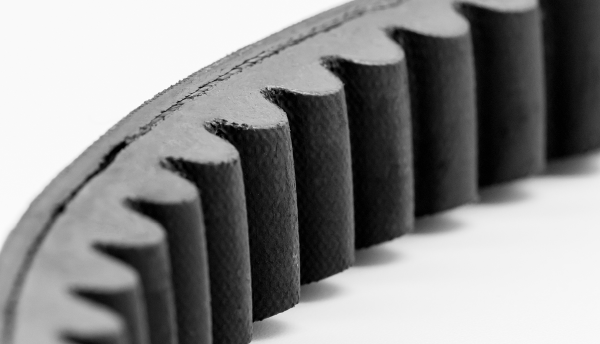
A sign of the times in North America: Supplier executives plan to increase both vertical integration and sourcing, which will lead to more investment and hiring
It is the kind of thing that happens in an industry on the rebound. Suppliers are obligated to pull more work inside to assure technology control and production levels and they must also find and rely on new sources, especially in the realm of electronics.
Almost two-thirds of respondents to a new Original Equipment Suppliers Association survey say they are pursuing a strategy of vertical integration.
Our “strategy is to increase value add,” said one respondent to the OESA survey.
Another executive said his company is “bringing new machine technology online over the next 18 months to reduce material costs and increase control over quality.”
Said one supplier: “We are a highly vertically integrated manufacturing company and the trend of vertical integration will continue. Also, as content in the electronics grow, as well as the revenue, outsourcing of key microprocessors with additional content will grow.
Complex assemblies will require additional machining and direct material content, said another, adding that “that requires integration and automation equipment.”
The “depth” of the regional North American supply chain – that is, the level of spending per supplier and the absolute number of suppliers – “will generally increase,” according to OESA's analysis of its latest Supplier Barometer survey.
Sixty-three percent of respondents plan more vertical sourcing and value add. At the same time, 48% of suppliers said they plan to increase sourcing as a percentage of total cost of goods sold within the North American region.
“This greater vertical integration and local sourcing will push local capital investment and hiring,” according OESA’s analysis of the data.
Overall, greater optimism was reflected in the bi-monthly OESA survey, which was conducted May 6-8 and involved 92 supplier participants. The survey analysis noted that “the optimism indicated by suppliers is supported by the number of all-new part number programmes being launched over the next 12 to 24 months.”
The average among survey respondents shows that suppliers are handling approximately one new launch every month.
“Lots of new business [is] being quoted and awarded,” said one respondent.
As they prepare for vehicle launches, they say the main issues they face have to do with manufacturing, design and engineering and prototype and validation.
The overriding concern? New processes with all-new components used in the assembly process.
“With more and more launches, the pressure to execute flawlessly, maximizing margins and minimizing customer impact is more and more difficult,” said one executive. “Staffing shortages and talent gaps are additional launch concerns. In response to these concerns, more than half of the respondents are hiring technical staff and increasing manufacturing capacity through internal processes and efficiencies.”
One supplier cited a “squeeze in programme timing and late changes” that make the last step in the process the most critical. Another said: “We are having trouble finding the technical personnel to support our growth.”
Meanwhile, parts makers continue to wring more output from their existing plants and shifts. Capacity utilization rates increased over this same time last year.
The survey showed that the median current running rate is 89%, including a lower quartile rate of 80% and an upper quartile rate of 95%.
If suppliers account for so-called “warm-idled capacity,” the lower quartile is 70% , the median is 80% and upper quartile value is 90%, according to the survey analysis. When “cold-idled” capacity is cited the span is 65 percent, 75% and 85%.
One supplier’s comments seemed to sum up the year so far: “Our business has been on a significant increase for the past several months. Our OEM customer demands for capacity have also increased significantly.”








